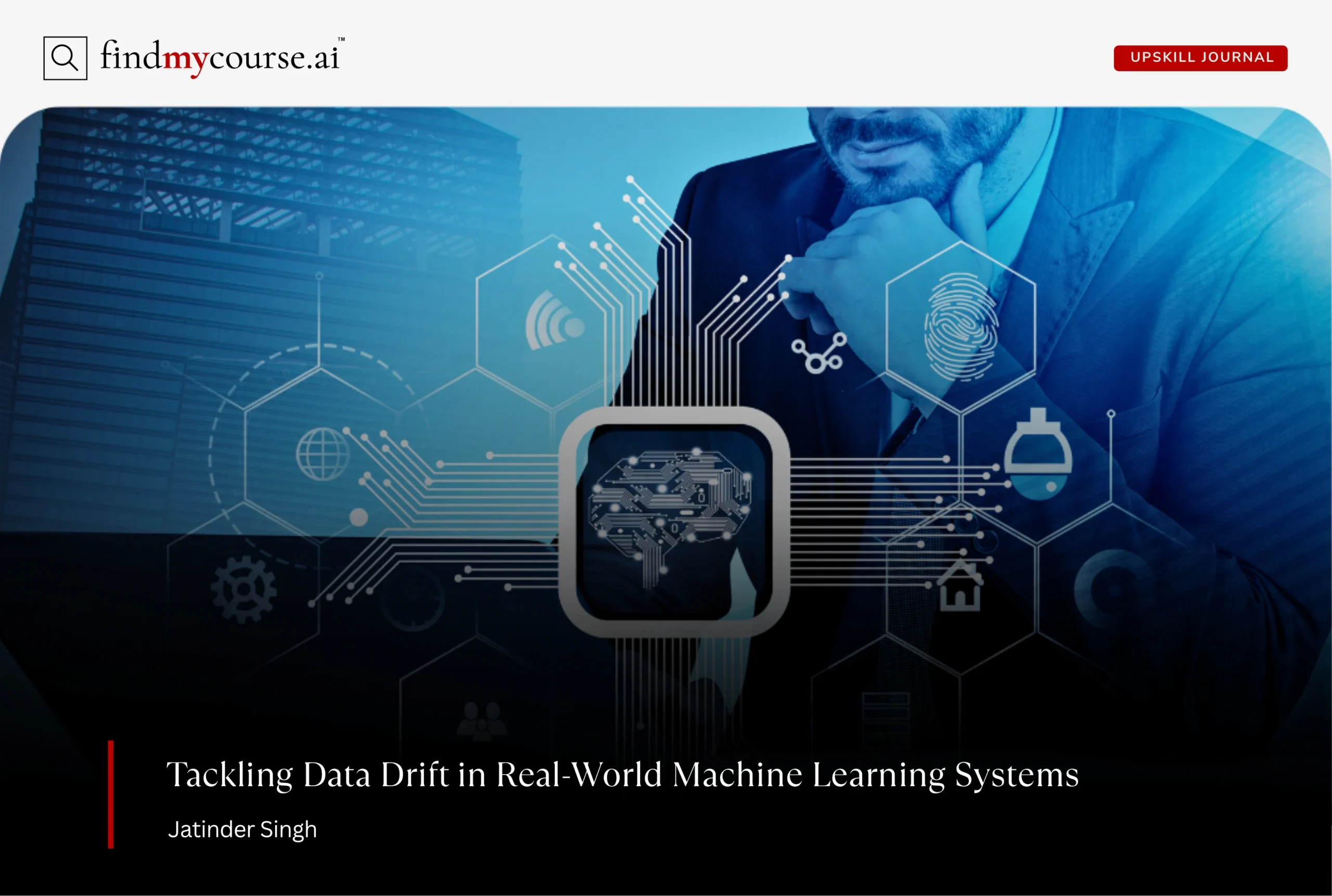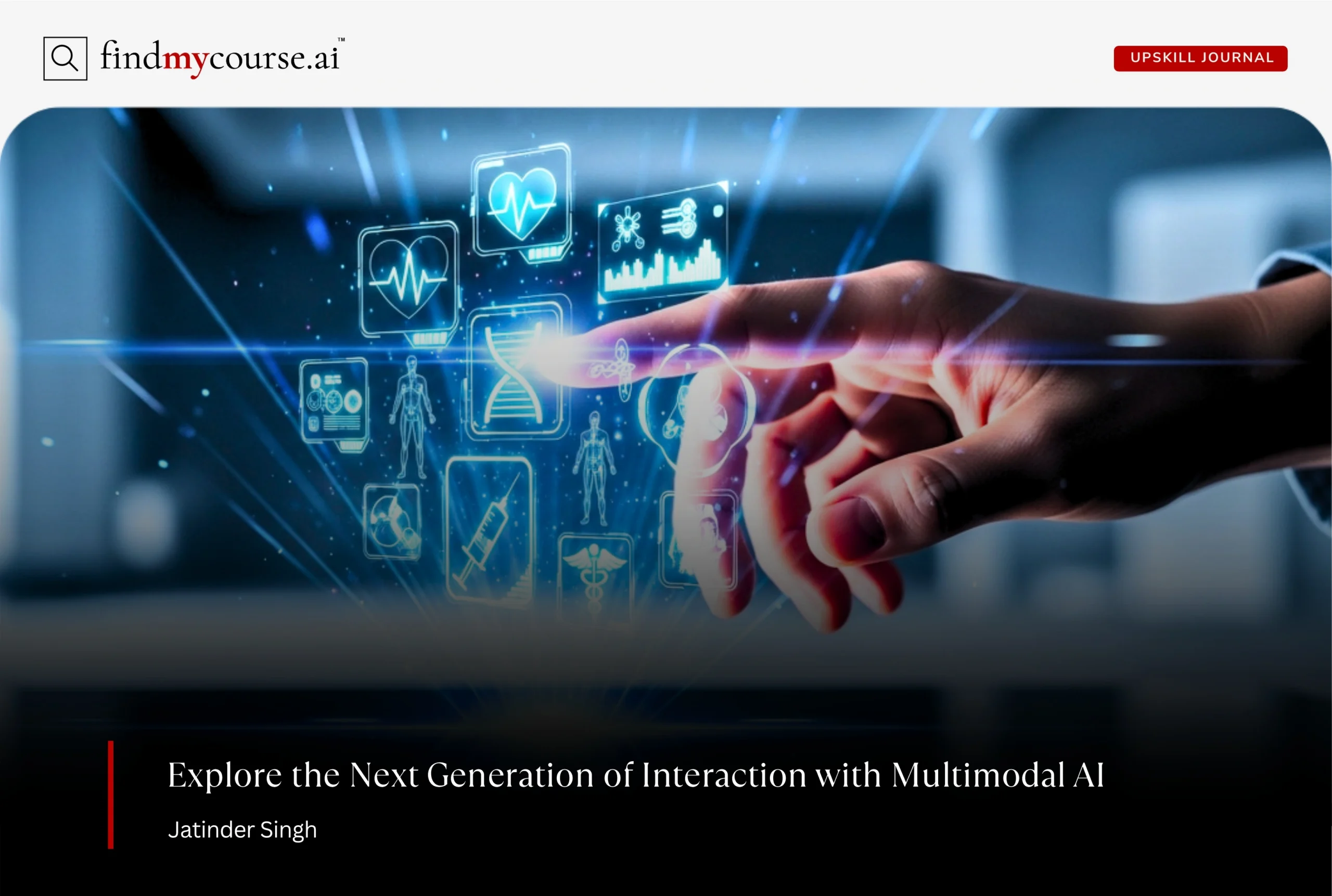Deploying a machine learning model is an exciting milestone, but it’s only the beginning of the journey. In production, models encounter real-world data that is constantly evolving. Subtle shifts in customer behavior, market trends, or operational conditions can quietly erode a model’s accuracy over time. This phenomenon, known as data drift, can turn once-reliable predictions into misleading outputs if left unchecked. For teams building production-grade machine learning systems, understanding data drift is not optional—it’s essential. In this article, we’ll explore what data drift is, its types, how to detect it, and practical strategies to keep models accurate and trustworthy.
What Is Data Drift?
Data drift refers to a change over time in the statistical properties of the input data that feeds into a machine learning model. In other words, the data your model encounters in production no longer mirrors the data it was trained on. When that happens, the assumptions your model made during training may break down, causing degraded performance — from smaller errors to dramatically wrong predictions.
This issue is particularly acute in real-world settings where user behavior, external conditions, or even business policies change. For someone learning or upskilling in machine learning, understanding data drift isn’t just academic — it’s essential for reliable, scalable systems.
Types of Data Drift
There are several flavors of data drift, and recognizing them is key to designing the right response. Broadly, three main types stand out:
| Type of Data Drift | Description | Example |
| Covariate Shift (Feature Drift) | The distribution of input features changes over time, but the underlying relationship between features and the target variable remains stable. Models may see unfamiliar input patterns but the mapping to the outcome is still valid. | A credit scoring model trained on applicants from a specific region or age group. Over time, the customer demographic shifts (more younger people or new regions), but the relationship between features (age, region) and credit risk remains the same. |
| Prior Probability Shift (Label Shift) | The overall distribution of the target variable changes, even if feature-target relationships remain constant. Models may under- or over-predict outcomes because the expected frequency of labels has changed. | In a fraud detection system, fraud was historically 1% of transactions. Due to an economic downturn, fraud spikes to 5%, making previous assumptions about fraud likelihood incorrect. |
| Concept Drift | The core relationship between input features and the target changes. Even if inputs look similar, the meaning of those features for prediction evolves, requiring model adaptation. | A model predicting machine failure based on sensor data may fail when new machines with different behavior patterns are introduced. |
How to Detect Data Drift
Detecting data drift is both an art and a science. Here are proven methods and tools to help you spot problems early:
1. Monitor Model Performance Metrics
One straightforward way to detect drift is by continuously tracking your model’s key performance indicators (KPIs): accuracy, F1‑score, root mean square error (RMSE), or other domain‑specific metrics. A sustained drop in performance may signal data drift — especially concept drift.
2. Statistical Tests for Distribution Change
To more formally detect drift, you can use statistical measures:
- Population Stability Index (PSI): Widely used in industries like finance, PSI compares feature distributions between training and production data.
- Kullback–Leibler (KL) Divergence: This quantifies how one probability distribution diverges from another.
- Kolmogorov–Smirnov (KS) Test: Measures the maximum difference between the cumulative distributions of two samples.
These methods help you catch covariate shift and label shift by comparing historical (training) data with incoming or live data.
3. Drift Detection Libraries & Tools
Several libraries and platforms exist to make drift detection easier:
- Evidently AI: Offers dashboards and metrics for drift detection.
- Alibi Detect: Open-source library that supports multiple drift detection algorithms (KS, Chi-Squared, model-based classifiers).
- WhyLabs / NannyML : Tools tailored for model monitoring, observability, and drift alerting.
4. Advanced & Real-Time Methods
For real-time or streaming applications, recent research proposes hybrid frameworks combining autoencoders and transformers to detect concept drift more sensitively.
By analyzing reconstruction errors, prediction uncertainty, and statistical metrics together, such systems can flag drift earlier than basic threshold‑based methods.
How to Handle Data Drift
Once you detect data drift, what next? Here are practical strategies to handle and mitigate its impact.
Data-Level Solutions
- Retraining with Fresh Data:
Regularly retrain your model using the most recent data to ensure it learns new distributions and patterns. - Online or Incremental Learning:
Instead of full retraining, use models that can learn continuously — updating themselves as new data arrives. - Feature Engineering Updates:
If covariate shift is identified, you might need to engineer new features or transform existing ones so they better reflect the evolved data distribution.
Model-Level Solutions
- Adaptive/Ensemble Models:
Use a blend of models trained on different time windows. When drift is detected, you can switch or weight models based on their performance on recent data. - Retraining Triggers & Alerts:
Build monitoring pipelines that automatically trigger retraining when performance drops or drift thresholds are crossed. Pair alerts with clear thresholds and decision policies. - Shadow Deployment & A/B Testing:
Test retrained models alongside the current production model (shadow mode) to verify performance improvements before fully switching.
Operational Best Practices
- Data Versioning & Governance:
Maintain version control not just for models, but also for datasets. If you know which data version your model was trained on, diagnosing drift becomes easier. - Scheduled Retraining Pipelines:
Set up retraining workflows (e.g., monthly or quarterly) depending on how volatile your domain is. - Regular Audits & Reviews:
Perform periodic audits of model performance and drift metrics. Investigate root causes — not just that drift happened, but why. - Documentation & Collaboration:
Document drift‑handling strategies, alert thresholds, and retraining decisions. Collaborative processes involving data engineers, ML engineers, and business stakeholders help ensure drift mitigation is aligned with real-world goals.
Real-World Examples: Data Drift in Action
| Industry / Use Case | Scenario | Type of Drift | Solution / Outcome |
| Finance – Fraud Detection | Fraud was historically rare; transaction features were stable. Over time, fraud increased and online transactions grew. | Prior Probability Shift & Covariate Shift | Retrained the model monthly and tested new models alongside old ones. Accuracy improved and drift sources were identified. |
| E-commerce – Recommendations | Customer interests shifted to new product categories, reducing clicks and purchases. | Covariate / Concept Drift | Updated the model with latest shopping behavior, making recommendations relevant again. |
| Manufacturing – Predictive Maintenance | New machines had different sensor behavior, causing prediction errors. | Concept Drift | Retrained the model with data from new machines, improving predictions and reducing downtime. |
Key Challenges in Handling Data Drift
Managing data drift comes with several challenges that can affect machine learning systems:
1. Early Detection is Difficult
Drift often happens gradually, making it hard to notice until the model’s performance drops significantly.
2. Multiple Types of Drift
Covariate shift, prior probability shift, and concept drift impact models differently. One solution may not address all types effectively.
3. Limited Recent Data
Retraining requires up-to-date, labeled data. Collecting and labeling this data can be costly and slow.
4. Model Complexity
Complex models can hide drift effects. Predictions may continue, but errors might increase without an obvious reason.
5. Operational Hurdles
Monitoring, versioning, and automated retraining require infrastructure and team coordination, which can be hard to implement.
6. External Changes
Economic shifts, seasonal trends, or new regulations can alter data unexpectedly, creating additional challenges.
Proactive monitoring, regular retraining, and proper data governance help overcome these obstacles and keep models reliable.
Final Thoughts
Data drift is more than a technical hurdle—it’s a reminder that machine learning systems exist in ever-changing environments. Handling drift requires not only tools and algorithms but also a mindset of continuous vigilance, adaptation, and collaboration across teams. By embracing proactive monitoring, retraining strategies, and strong data governance, organizations can turn the challenge of drift into an opportunity: to build models that are resilient, trustworthy, and capable of evolving alongside the world they operate in. In the end, success in machine learning isn’t just about building accurate models—it’s about keeping them relevant, responsible, and ready for whatever the future brings.


